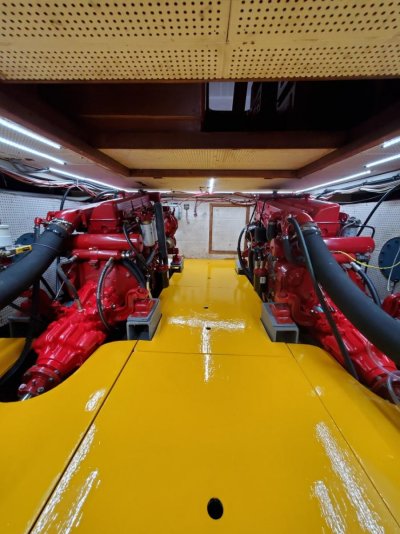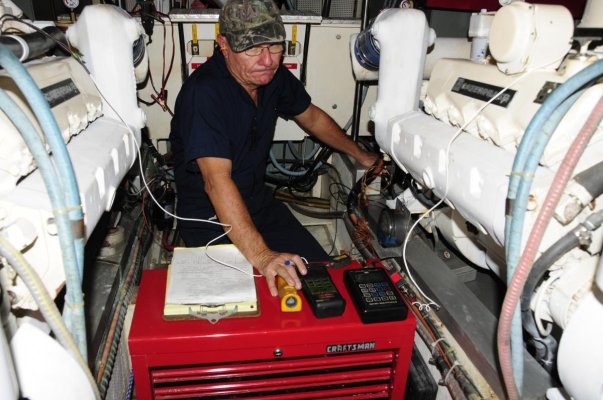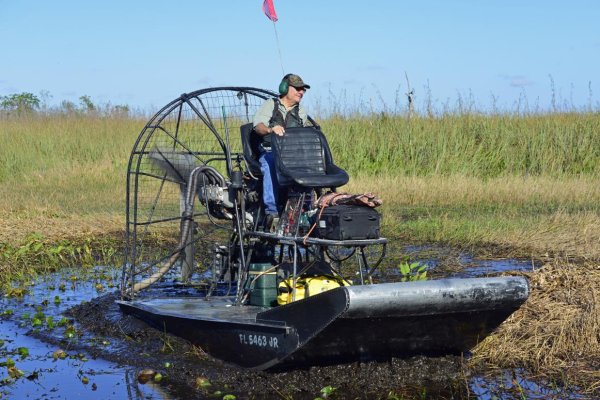SeaRow
Veteran Member
Hello all,
After my LONG search, I have found the boat I want to buy. It has twin Cat 3208's (I believe the 3208NA - 210 hp stock on the CA 34 1984 model)
Owner says the 1984 boat has original hours of only 1500.
I realize, a motor well taken care of that has 5k hours can easily be in better shape than a motor that has been poorly maintained with only 1500 hours.
So, my first task is to make sure the motors are what I think they are, Low hour Cat 3208's that should last me at least ten more years if I take care of them.. QUESTION: Am I correct?
I am asking for who and where should I start to find the right mechanic to check the motors out for me.
Besides getting oil analysis done, what else can or should I do?
My plan is to pay to have the motors checked out then I will pay for a full marine survey, hull for blisters, fuel tanks and anything else you think I should be careful of.
The boat is close to Austin Texas on a lake (I think about 12 years) and I will be transporting it to Santa Barbara.
Any advice you can leave would be much appreciated.
After my LONG search, I have found the boat I want to buy. It has twin Cat 3208's (I believe the 3208NA - 210 hp stock on the CA 34 1984 model)
Owner says the 1984 boat has original hours of only 1500.
I realize, a motor well taken care of that has 5k hours can easily be in better shape than a motor that has been poorly maintained with only 1500 hours.
So, my first task is to make sure the motors are what I think they are, Low hour Cat 3208's that should last me at least ten more years if I take care of them.. QUESTION: Am I correct?
I am asking for who and where should I start to find the right mechanic to check the motors out for me.
Besides getting oil analysis done, what else can or should I do?
My plan is to pay to have the motors checked out then I will pay for a full marine survey, hull for blisters, fuel tanks and anything else you think I should be careful of.
The boat is close to Austin Texas on a lake (I think about 12 years) and I will be transporting it to Santa Barbara.
Any advice you can leave would be much appreciated.



